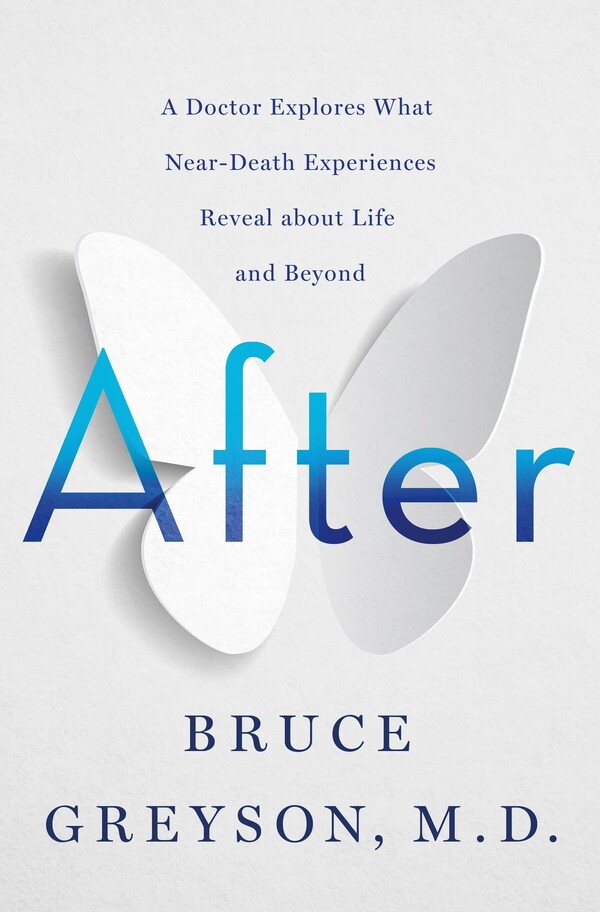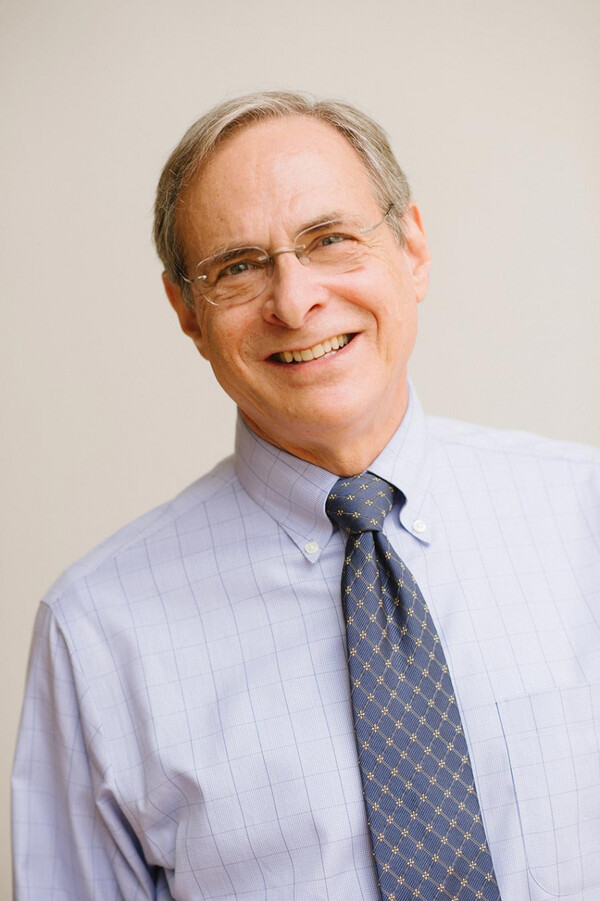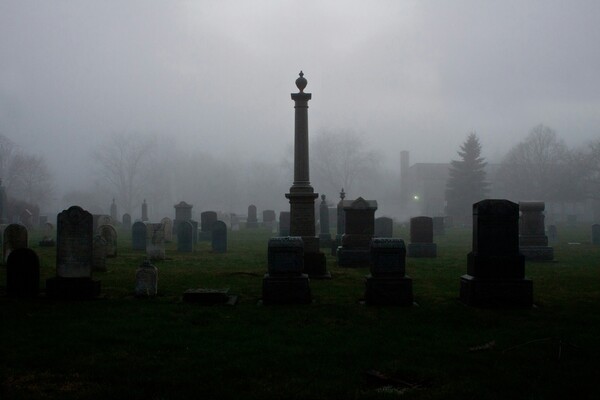
Death, regarded by many as the greatest evil, has long been the ultimate adversary of mankind. Whenever we are reminded that humans are mortal beings, that mortality makes us frustrated. Throughout history, people have grappled with the notion of death, believing it to be the moment when the soul departs the body, embarking on a journey into the unknown. However, in modern times, death has increasingly been viewed through a biological lens, stripped of its mysticism and often reduced to a mere cessation of bodily functions.
In today’s discussions, the idea of perceiving the mind as a separate spiritual entity detached from the physical body may seem outdated. However, Bruce Greyson’s book After prompts a reevaluation of this old-fashioned concept, offering fresh insight into the relationship between mind and body. By exploring near-death experiences (NDEs), a phenomenon historically overlooked, Greyson presents a unique understanding of death that transcends conventional paradigms.

Dr. Bruce Greyson, MD, is a professor emeritus of Psychiatry & Neurobehavioral Sciences at the University of Virginia. Renowned for his expertise in NDEs, Greyson has received numerous accolades for his medical research. With over four decades dedicated to studying NDEs, Greyson presents his extensive research findings in this book.
How did Greyson, a self-described skeptic who grew up in a household without religion, come to study NDEs? Greyson’s interest in NDEs began around 50 years ago when he was eating spaghetti in a hospital cafeteria. During his meal, his pager went off, startling him and leaving a spaghetti sauce stain on his tie, which he promptly hid under his lab coat. Later that day, he was called in to see a young woman named Holly who was unconscious in a bed. After confirming her state, he went to a nearby room to talk to the woman’s friend about what had happened. The warm temperature of the room led him to unbutton his lab coat, revealing the stained tie.
The next day, when Greyson visited Holly, she was conscious. Surprisingly, she recounted witnessing the conversation between Greyson and her friend the day before, despite being unconscious in her bed at that time. She could vividly describe his outfit, their conversation, and the spaghetti sauce stain on his tie.
Greyson was perplexed that he could not find a way to explain the incident, as NDEs were not widely discussed in English-speaking society at that time. However, this event prompted him to conduct research on NDEs over the ensuing decades. He assembled a collection of more than 1,000 cases that he named “experiencers.” Along this journey, he discovered that these experiences had some universal themes that went beyond cultural interpretations. He demonstrated that these could not be dismissed simply as dream states or hallucinations.

Greyson introduces the phenomena of NDEs as a sense of thoughts accelerating (and relative time slowing down), life reviews, out-of-body experiences, etc. For instance, the participants claim that they could think more clearly and quickly during NDEs, which is not an experience that often occurs when the brain is deprived of oxygen as a person is dying. Additionally, they often describe a sensation of their souls leaving their bodies, as seen in Holly’s case.
Could they be just their imagination or lucky guesses about events that might have been expected to occur? Or maybe part of someone’s mental illness? Greyson found that experiencers’ descriptions of their resuscitations were highly accurate and specific, differing significantly from those with mental illness. Moreover, those who have experienced NDEs often look back repeatedly to gain insight from the experience, fostering altruism and compassion while reducing personal desires and anxieties. They perceive a deeper meaning and purpose in life, feeling greater joy in daily life. This is the most important difference between people who have experienced NDEs and those who suffer from mental illness.
The hypothesis to explain NDEs as phenomena caused by brain currents or as dream-like experiences was also unsuccessful. Analysis of human brainwaves after life support removal shows that the brain’s electrical activity decreases and technically stops before the heart rate stops. The experience of NDEs in people who have been revived from a heart attack is at odds with this cerebral current phenomenon. In addition, the amount of REM sleep brain activity during these experiences was not higher than that of the general public but rather lower.
Most of us assume that the material brain, which is represented by electrical currents and chemical changes, accounts for mental functions such as our consciousness, perceptions, thoughts, memories, emotions, and intentions. In other words, “the mind is what the brain does.” However, the enigma remains: how can mental activity persist when the brain fails to function properly? Greyson boldly insists that the neuroscience community is concealing the truth that they have no idea how physical factors can create consciousness.
This contention marks the beginning of his audacious suggestion. Greyson argues that to explain phenomena such as NDEs, prevailing interpretations of the brain and mind have to be left behind. The modern understanding that the brain creates the mind is convenient in many situations, but it cannot explain exceptional situations such as NDEs. Instead, he proposes a “filter model” of the brain: the brain may not be a biological machine that produces the mind but rather a filter of our thoughts and feelings. The range of our thoughts and feelings expands as the brain’s filtering activity decreases. When the brain is impaired, its filtering ability goes on the blink, unveiling our true minds.

While seemingly unscientific, the filter model can explain the sudden reappearance of mental faculties in individuals with irreversible brain diseases such as Alzheimer’s disease hours before death, or the reduction of brain activity during psychedelic drug experiences. If his theory is proven to be true, it will completely revolutionize modern understanding of the mind-body relationship. He points out that notable scientific revolutions usually stem from attempts to explain seemingly inexplicable phenomena. In this section, he shows that even today, when everything seems to be clearly defined, there still remains room for scientific progress.
In response to his assertion, if the mind can function independently from the brain, does that imply that after our brain permanently stops working–in other words, after we die–our mind can continue to function? If our consciousness persists even after our physical bodies cease to exist, where does it go?
Many have experienced the feeling of “going somewhere else” in the process of NDEs. Greyson contends that what they describe as the “heavenly realm” or “spiritual world” does not necessarily mean a materially different place, but could mean “different aspects of the material world,” akin to our reference to the sports or political world. The author aims to clarify the disparities between the physical and spiritual realms through the lens of modern science in a relatable manner. However, the crucial distinction lies in the fact that unlike athletes and politicians, who can be comprehended through logical means, the entities comprising the “spiritual world” seem to exist in an entirely distinct way. While the success or failure of the author’s research hinges on elucidating the nature of this “entirely distinct way,” no further clarification is provided.
Additionally, he also mentions the sacred or godlike existence that a large proportion of the experiencers face, but honestly acknowledges that the question of the nature and identity of this existence cannot be solved by science. What is important at this point is not the identity of the existence, but that people who have experienced NDEs are much less anxious about death and feel more fulfilled in life.

In After, Greyson cautiously presents and explores both new and old concepts regarding death and the mind. By honestly describing his research process, he suggests that the modern view of life as a mere biological machine is but one hypothesis among many. NDEs raise questions about the relationship between thoughts, emotions, and our brains, prompting us to consider if we are more than just biological machines.
The question of what happens after death lies outside the traditional realm of science. Yet, as the author points out, scientific progress often stems from exploring the inexplicable. Beyond the dimensions of religion and spirituality, Greyson demonstrates that there is still room for expanding and deepening our understanding of ourselves.

